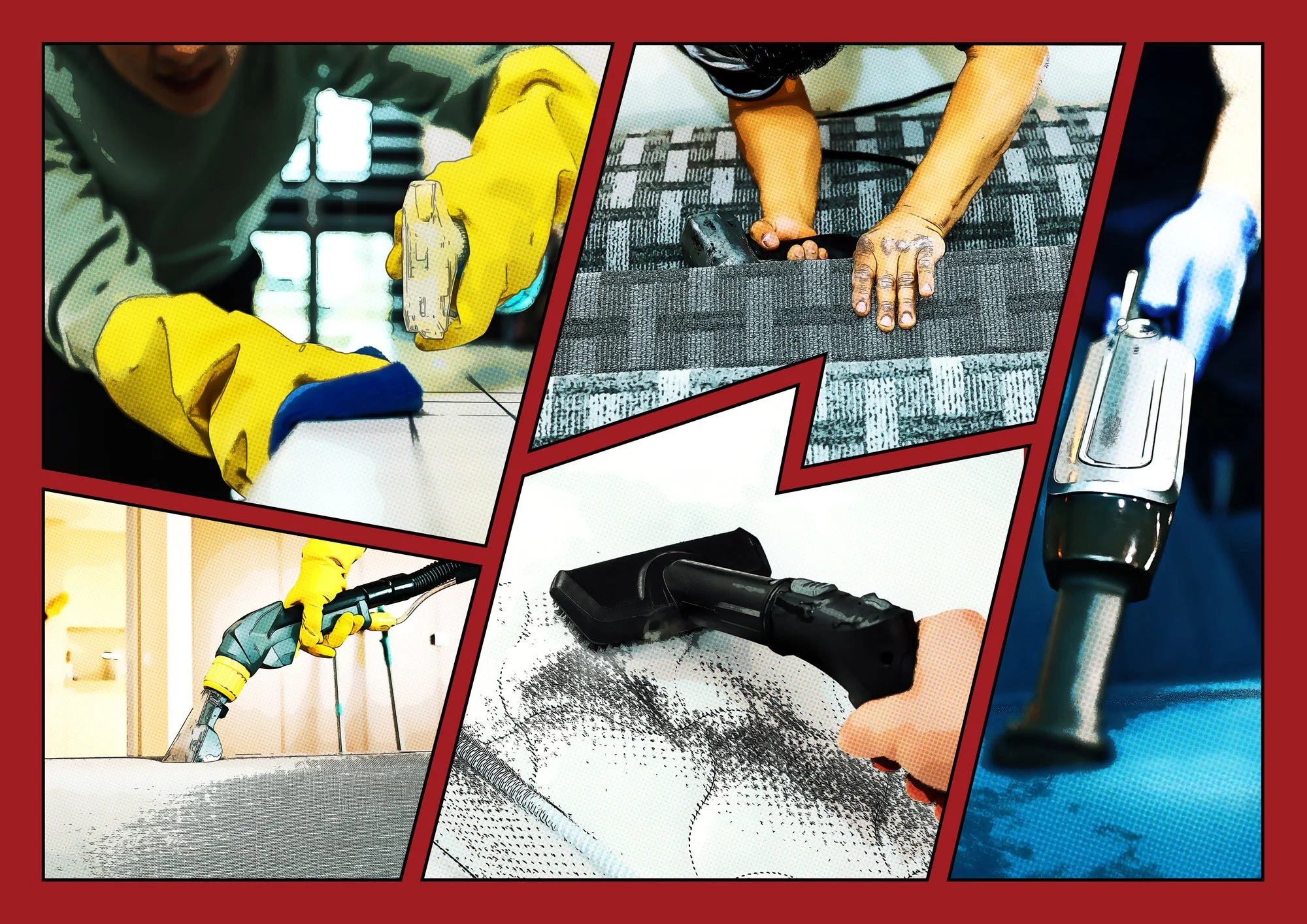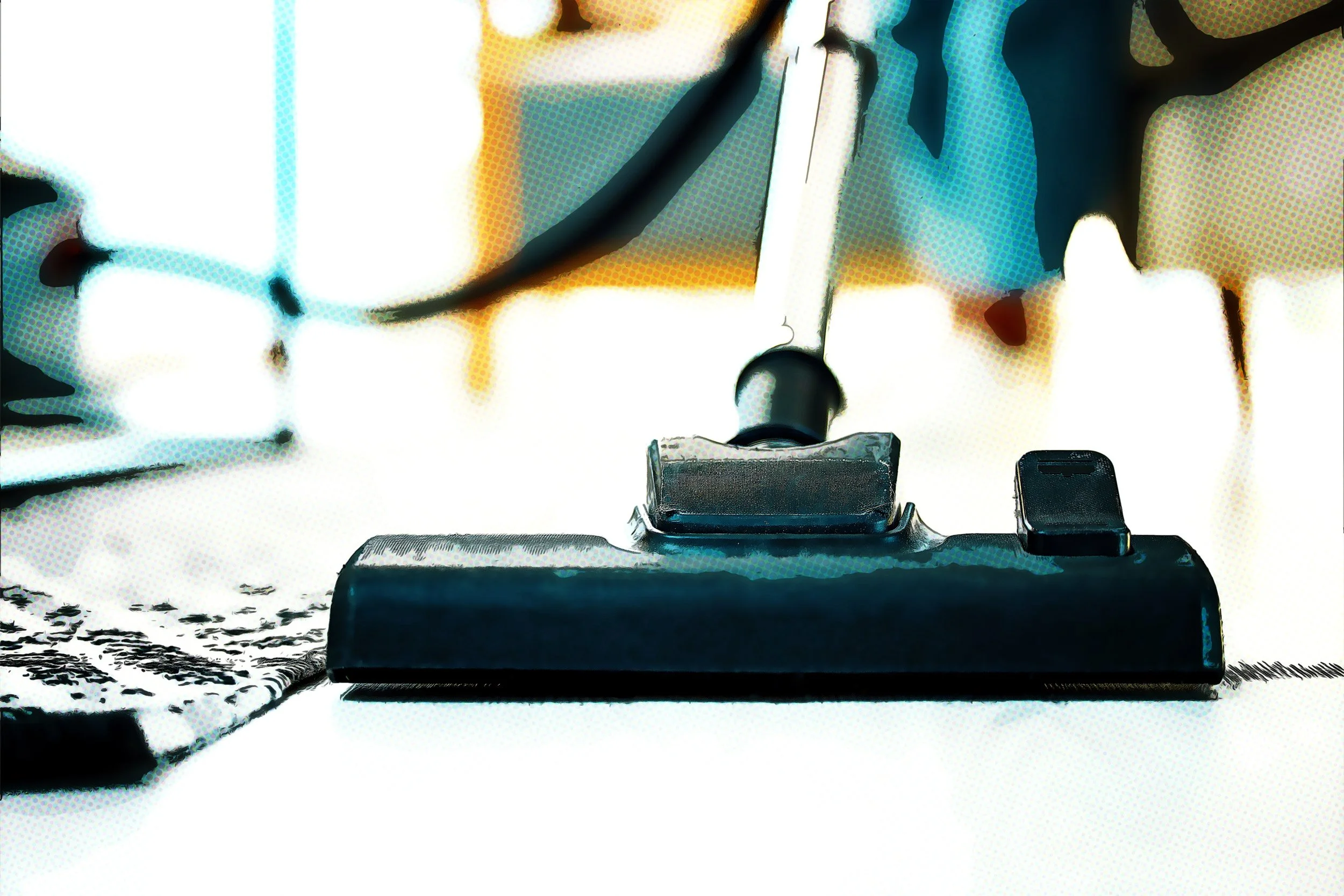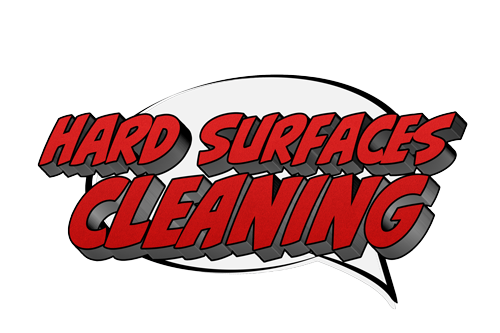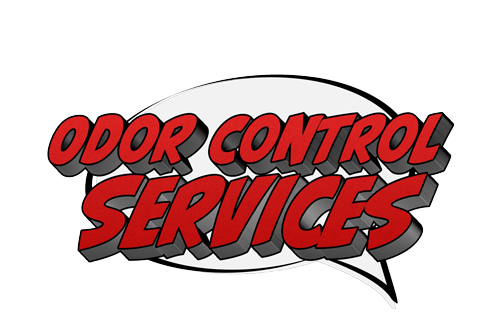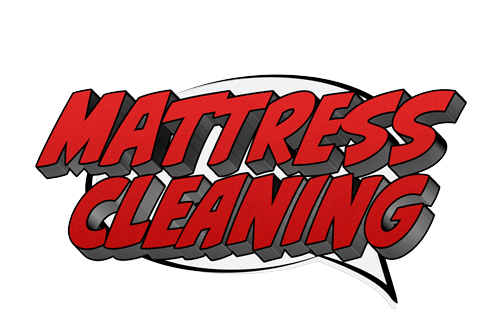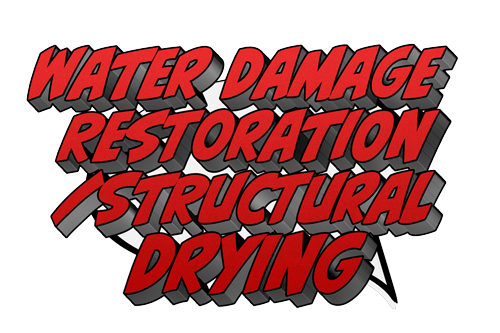Carpet Cleaning
At Mighty Mac Clean, we understand that every carpet and rug has unique needs. That’s why we offer a full range of professional cleaning methods designed to restore beauty, protect fibers, and extend the life of your flooring. Whether you need deep cleaning, gentle care, or eco-friendly options, we’ve got you covered.
Hot Water Extraction (Steam Cleaning)
Our most thorough method, using high-temperature water and powerful suction to remove deep-set dirt, stains, and allergens for a fresh, revitalized carpet.
Bonnet Cleaning (Dry or Low-Moisture Cleaning)
A quick-drying solution ideal for routine maintenance or lightly soiled carpets, leaving your space refreshed with minimal downtime.
Encapsulation Cleaning
An advanced low-moisture method that crystallizes dirt particles for easy removal, perfect for commercial spaces or frequent cleaning schedules.
‘Green’ Cleaning
Eco-friendly cleaning solutions that are safe for kids, pets, and the environment while delivering powerful stain and soil removal.
Oriental Rug Cleaning (In Our Shop)
Delicate, specialized care for fine Oriental and area rugs, performed in our facility to ensure the highest level of craftsmanship and protection.

Carpet & Rug Cleaning Information
-
Pets enrich our lives, but accidents can cause serious damage to flooring and upholstery. The three main culprits—urine, feces, and vomit—each present unique challenges. Quick, proper cleanup is critical to prevent long-term damage and lingering odors.
Urine
Chemistry: Fresh urine is acidic (pH 5–6) but becomes highly alkaline (pH 10–12) as it dries, causing permanent damage to stone, wood, carpet fibers, and upholstery.
Odor: Dried urine salts absorb moisture and release strong ammonia odors, especially in humid conditions.
Cleanup: Blot immediately with towels. Treat with enzyme cleaners or standard detergent, followed by ammonia and vinegar solutions to neutralize and disinfect. Place weighted towels to wick moisture as it dries.
Feces
Compact feces: Easy to remove, then clean with detergent or enzyme solution and disinfect.
Loose feces: Scrape up, treat like urine, then disinfect. Red stains may occur.
Vomit
Chemistry: Contains strong stomach acids that etch stone, damage hardwood finishes, and strip stain protection on carpets.
Dyes: Many pet foods contain red dyes that permanently stain fabrics.
Cleanup: Scrape thoroughly, especially colored vomit. Treat remaining residue as you would urine, and watch for textile color changes.
General & Severe Damage Notes
Immediate action is essential—small spots often spread underneath to pads or cushions.
Severe cases (e.g., multiple pets) may require subfloor treatment, carpet reinstallation, or even carpet replacement if backing delaminates.
Standard DIY Cleaning Solutions
Vinegar solution: 1 part vinegar, 2 parts water
Ammonia solution: 1 tbsp clear household ammonia, 1 cup water
Detergent solution: 1 tsp clear, bleach-free detergent, 1 cup lukewarm water
Always test solutions in an inconspicuous spot first.
Key Takeaway: Act fast, use the right solutions, and understand that old or severe stains may require professional treatment (like Mighty Mac’s specialized services).
-
Importance of Regular Cleaning
Routine carpet cleaning extends carpet life and is often required to maintain manufacturer warranties. Frequency depends on location (e.g., villas vs. beach houses), pets, household size, allergies, and lifestyle.
Cleaning Methods
Hot Water Extraction (Steam Cleaning)
Process: Prespray loosens soil; hot water and vacuum extract it.
Pros: Deepest clean, sanitizes with heat.
Cons: Longer drying time; may cause wicking.
Bonnet Cleaning (Dry Cleaning)
Process: Detergent prespray + absorbent bonnet pad treated with cleaning catalyst.
Pros: Quick-drying, polishes carpet, ideal for loop pile.
Cons: Higher chemical use, less deep cleaning.
Encapsulation Cleaning
Process: Cleaning product crystallizes soil, later vacuumed away.
Pros: Fast drying, reduces wicking issues.
Cons: Soil remains until next vacuuming; more for maintenance.
Absorbent Compound (Host / Capture)
Process: Absorbent sponges/powders applied and raked in, then vacuumed.
Pros: Only safe option for natural grass fibers (sisal, sea grass); usable in 24-hour facilities.
Cons: Limited effectiveness, residue may remain.
Why Choose Mighty Mac
Technicians are Clean Trust (IICRC) Certified, ensuring industry-leading expertise.
Multiple Best Carpet Cleaner Awards from Island Packet and Hilton Head Monthly.
Services tailored to the specific needs of your home, carpet type, and lifestyle.
Key Takeaway: Different cleaning methods suit different carpet types and situations. Mighty Mac provides expert guidance and certified technicians to ensure your carpets are cleaned effectively and safely.
-
Carpet beetles are among the most common household pests in Colorado. Their larvae feed on materials of animal origin (wool, feathers, hides, lint, stored foods), sometimes causing significant damage. Adults often come from outdoor populations and enter homes in warm months.
Identification
Adults: Small, oval, ~⅛ inch long. Black carpet beetles are shiny black; others have patterned colored scales.
Larvae: Elongated, brownish, hairy, sometimes with hair tufts; shed skins are often mistaken for live larvae.
Life Cycle
Eggs laid in lint, cracks, ducts, or near dead insects.
Hatch in 10–20 days; larvae feed for 2–11 months depending on food and temperature.
Can survive weeks without food and wander from original sites.
Most species complete a one-year cycle; adults and larvae are most common in late winter to early spring.
Prevention & Control
Sanitation: Clean up food spills, lint, pet hair, and insect remains.
Storage: Use insect-proof containers for food, woolens, furs, and other susceptible items.
Exclusion: Screens and sealing gaps keep adults from entering.
Inspection: Check stored clothing, woolens, upholstered furniture, ducts, attics, and bird/animal nests.
Treatment
Remove or destroy infested items if possible.
Non-chemical options: Freeze small items (48 hrs) or heat-treat (>120°F for several hours); dry-clean clothing.
Chemical controls: Pyrethroid insecticides (permethrin, bifenthrin, deltamethrin, tralomethrin) may be applied to baseboards, carpet edges, and lint-collecting areas. Follow label instructions carefully.
Professional help may be needed for large objects (furniture) or severe infestations.
Key Takeaway: Carpet beetle infestations are often preventable with good cleaning and storage practices. Severe cases require targeted treatment, sometimes professional intervention.
-
Mighty Mac encourages customers to handle simple spots and spills themselves to save money. Acting quickly and using the right methods prevents permanent damage, and professionals can take over if stains remain.
General Guidelines
Treat stains immediately for best results.
Pretest all solutions on hidden areas to avoid color damage.
Blot, don’t rub, and work from the outside of the spot inward.
Scrape or blot excess material first.
Avoid products like Resolve® or OxiClean® unless sure the fibers are 100% Olefin or PET/ PTT polyester.
Be patient — some stains require professional care.
Cleaning Solutions
Common treatments include cold water, mild detergent solutions, vinegar solution, solvents (e.g., acetone, alcohol), disinfectants, and absorbent methods (ice for gum, paper/iron for wax). Always test first and use carefully on synthetics.
Stain Guide
The bulletin provides a detailed chart matching stains with step-by-step treatments (e.g., water first, then detergent, then vinegar or solvent). Examples:
Wine, coffee, tea → Cold water, mild detergent, vinegar solution.
Grease, oil, lipstick → Solvent, then detergent.
Urine (fresh) → Cold water, mild detergent, disinfectant.
Urine (old) → Professional assistance.
Vomit → Detergent, disinfectant, vinegar.
Professional Cleaning
Even with DIY care, professional cleaning every 1–2 years is recommended for hygiene and carpet longevity. Many carpet warranties require it.
Key Takeaway: Quick, careful DIY action can resolve many common spots, but for older, severe, or persistent stains, professional cleaning is the safest solution.
-
Why Cleaning Before Storage Matters
Rugs should always be thoroughly cleaned before storage. Dirt and soils weaken fibers and increase the risk of moth or carpet beetle infestations, even when packed away.
Proper Storage Method
Roll rugs around an acid-free tube to prevent crushing.
Roll with pile facing in for weak, delicate, or silk rugs.
Roll with pile facing out for brittle foundations, thick pile, or rugs with extra linings.
Always roll in the direction of the pile lay (determined by running your hand across the fibers).
Wrapping & Placement
Wrap in cotton muslin or polyethylene, secured with fabric tape.
Store upright on a metal surface (safer against insect infestation than wood).
Avoid attics, basements, and garages due to temperature and humidity fluctuations that cause mold, dye bleeding, and fiber damage.
A cool, dry closet is ideal.
Ongoing Maintenance
Unroll every six months to check for pests and allow the rug to breathe.
Spring and fall are good times to air rugs outside in the sun before re-storing.
Key Takeaway: Clean, roll correctly, wrap securely, store in a stable environment, and check rugs regularly to prevent damage during storage.
-
What It Is
Shading, also called pile reversal or watermarking, occurs when carpet or rug fibers slant in different directions, reflecting light unevenly. This creates lighter and darker areas that look like water stains.
Causes
Often appears on dense, velvety, cut pile carpets.
Can develop naturally without a clear cause.
Sometimes linked to traffic patterns, in front of chairs, or near staircases (“pooling”).
May also result from installation errors (sections laid in opposite directions).
Improper cleaning of delicate fibers (like silk) can worsen shading if pile isn’t reset.
Prevention & Correction
Shading cannot be fully prevented or corrected.
Brushing or vacuuming pile in one direction can temporarily reduce the effect, but it returns once walked on.
Generally considered a natural characteristic of pile carpets that must be accepted.
Key Takeaway: Shading is a visual effect caused by light reflecting off carpet fibers in different directions. It’s common, unpredictable, and mostly unavoidable — more a cosmetic issue than a defect.
-
What They Are
Shadows and reflections can look like stains or dirty areas on carpets, but they are actually visual effects caused by light rather than soiling. Indirect sunlight, reflections from furniture or windows, interior lighting, and even carpet seams can all create these misleading appearances.
Common Causes
Reflected light: From beveled glass tables, gold picture frames, or glossy furniture.
Shadows: Cast by railings, furniture, or window dividers.
Carpet installation issues: “Seam peaking” creates alternating light and dark lines.
Changing light conditions: Sunlight through windows or after landscaping changes.
How to Check
Shine a bright overhead light directly onto the area. If the spot’s appearance changes depending on angle or blocked light, it’s a shadow or reflection—not a cleaning issue.
Key Takeaway
Shadows and reflections are optical illusions, not stains. They can frustrate both homeowners and cleaners, but they are not caused by poor cleaning and usually cannot be “removed.” Recognizing them helps avoid unnecessary treatments or blame.
-
Importance of Proper Vacuuming
Vacuuming is one of the most important steps in maintaining carpets, rugs, and upholstery. Soil, grit, and dust are the true enemies—they cut fibers, dull appearance, and reduce lifespan. Carpets can hold up to one pound of dirt per square yard if not cleaned regularly.
Equipment & Maintenance
Beater bars: Worn or string-wrapped bars can damage carpets—replace or update as needed.
HEPA filters: Excellent for trapping allergens (spores, dander). Filters must be sized correctly, cleaned, or replaced regularly.
Vacuum bags: Empty when half full; cloth bags should be turned inside out and cleaned every few uses.
Machine types: Upright or central vacuums with beater bars are best for carpets; canister vacuums work well for upholstery, draperies, blinds, and dusting. Commercial pile lifters and dual motor vacuums provide maximum effectiveness.
Frequency
Residential carpets: At least once every two weeks; 2–3 times weekly in high traffic, with pets, kids, or allergy sufferers.
Commercial carpets: 3–5 times a week, with heavy traffic lanes daily.
Upholstery & draperies: Vacuum with appropriate tools to prevent dust buildup.
Technique
Vacuum against the nap for better soil removal and appearance.
Use 3–4 overlapping strokes for light cleaning, 6–8 strokes for heavily soiled areas.
Keep final strokes in one direction for an even look.
Loosened fibers in new carpet are normal.
Key Takeaway
Vacuum often, vacuum correctly, and maintain your equipment. Frequent, proper vacuuming prevents permanent fiber damage, keeps furnishings looking fresh, and is never harmful—only neglect is.
-
What It Is
Wicking occurs when stains reappear after carpet cleaning. As the carpet dries from bottom to top, moisture and dissolved soils from deeper layers migrate upward, much like candle wax traveling up a wick. This is most common in loop pile carpets, which are harder to clean deeply.
Why It Happens
Residual spills trapped in carpet backings or padding are reactivated during cleaning.
The spill often spreads wider in the cushion than the surface, so stains can re-emerge larger than before.
Severe cases may require pulling up the carpet, replacing the contaminated pad, and cleaning both sides of the carpet.
Treatment & Solutions
Light to moderate wicking: Use low-moisture or micro-encapsulation products. These surround soil with a polymer that dries and falls off, to be vacuumed later.
Severe wicking: May require carpet reinstallation or replacement if latex backings are damaged.
Customer Assurance
Mighty Mac offers a 3-day call-back guarantee: if wicking occurs, technicians will re-clean or encapsulate the area at no charge. Severe cases may require additional cost for repairs.
Key Takeaway: Wicking is not a missed spot but a natural process of soil rising during drying. Quick re-treatment usually resolves minor cases, but severe, deep spills may need more intensive correction.
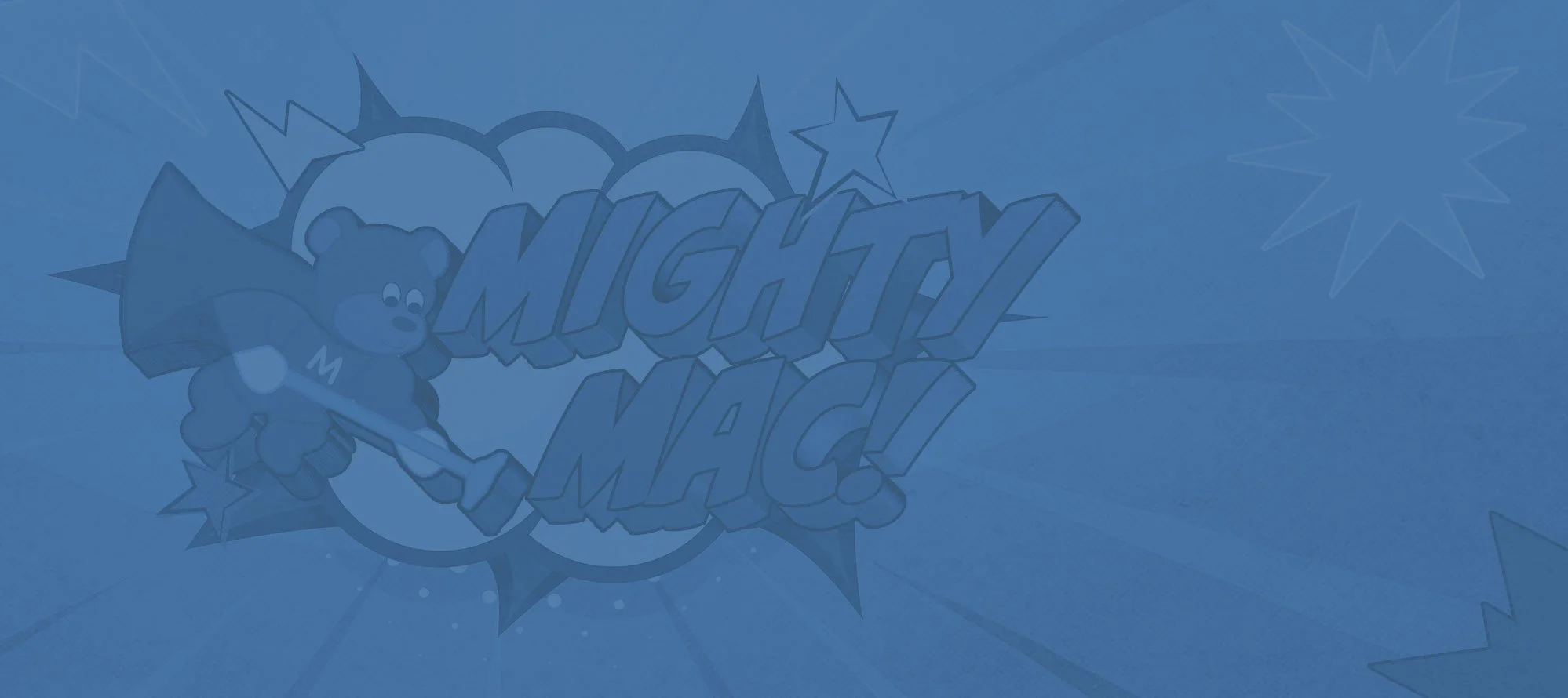
Mighty Mac Services
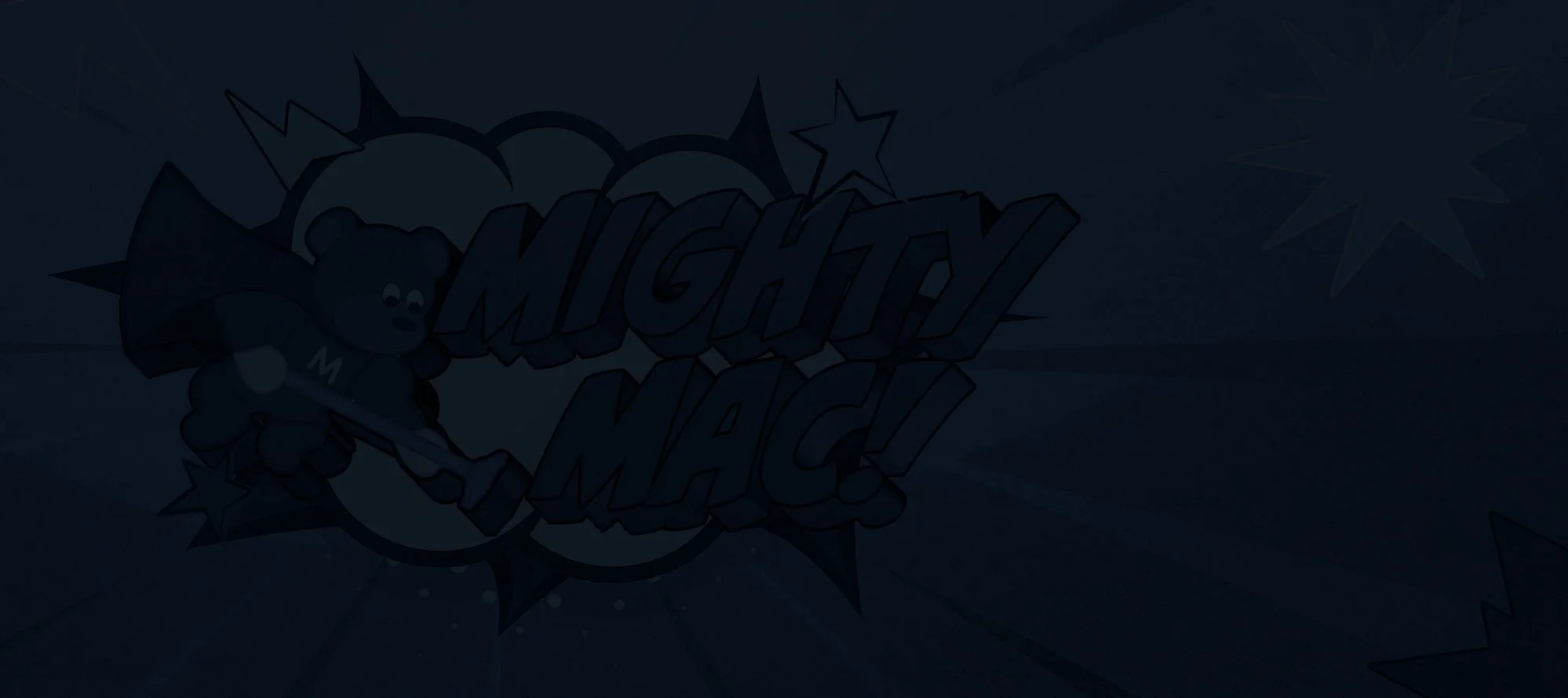
Contact Us
For your next cleaning project, large or small, trust the experts who have been serving Hilton Head and Bluffton since 1988. Contact Mighty Mac Clean today and experience why we’re the Lowcountry’s #1 choice.

